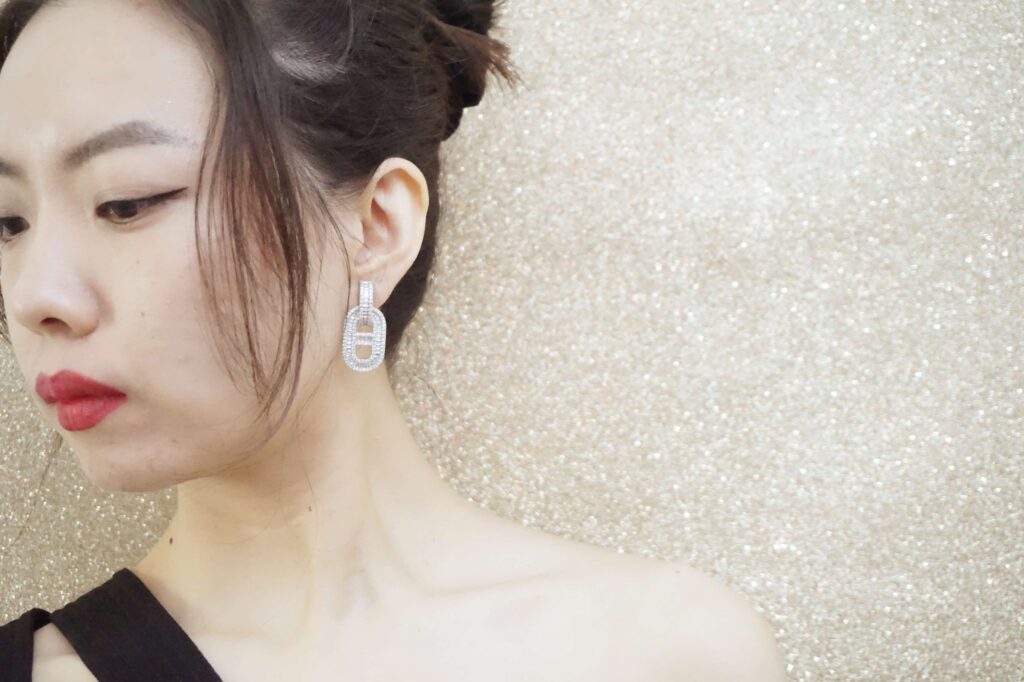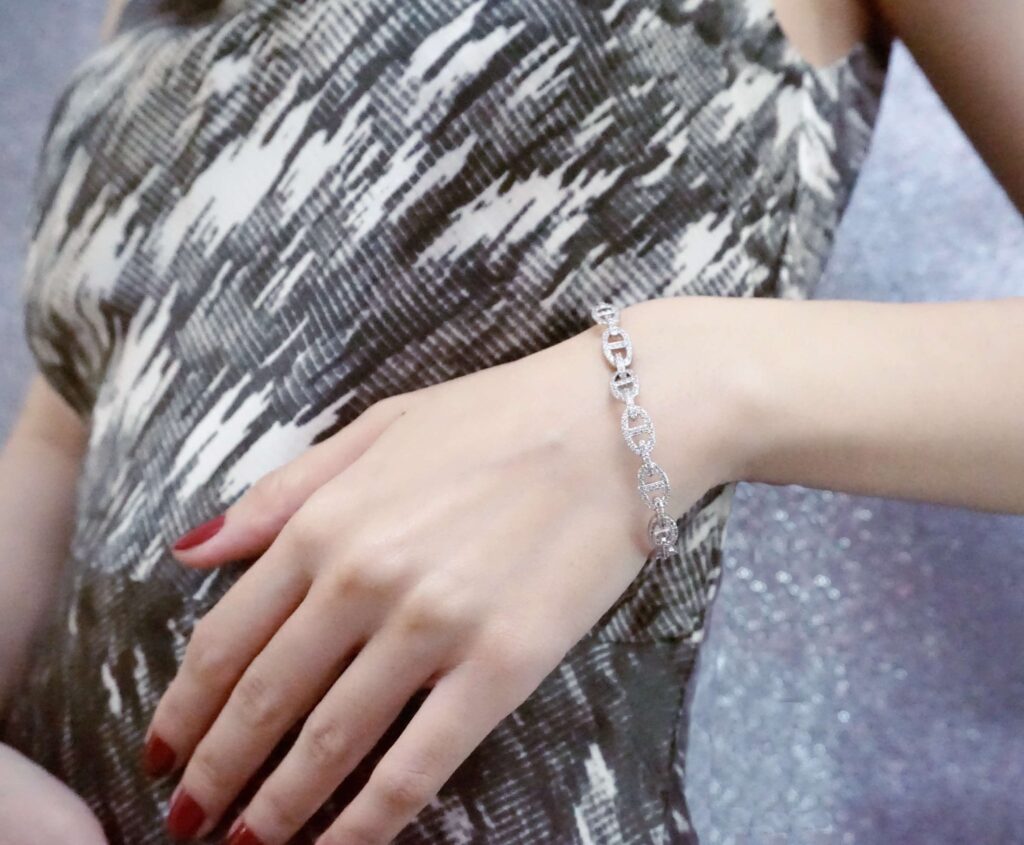White Gold: The Ultimate Guide
White gold’s popularity proves that several colors of gold may be used in jewelry. In rings, bracelets, and necklaces, white gold has proven to be a beautiful and cheaper alternative to materials such as platinum. But is it really real gold? If so, is it worth more than real gold? Keep reading and find out the answers.
What is white gold?
White gold is an alloy of gold with one or more white metals, such as silver, palladium, or nickel. Silver-white metal like platinum or silver.
The alloy’s pure gold content determines white gold’s karat. 14-karat white gold has 58.5% gold and 41.5% other metals, whereas 18-karat has 75% gold and 25% other metals.
It is more custom and contemporary than pure gold, making it a popular jewelry choice. It is cheaper than platinum, which has similar properties and color.

Is white gold real gold?
It is definitely real gold. Pure gold is too soft to be used in everyday jewelry and is often faded or scratched. Mixing gold with other metals such as silver, copper, or zinc strengthens gold bullion, making it more durable. This also adds the advantage of giving gold a different color.
However, while these pieces are not pure gold, they are definitely real gold. By checking the logo or stamp on a piece, it is possible to check if the gold is real gold.
Is white gold worth more than gold?
White gold is worth the same as gold because of its purity and weight. The amount of gold in it and the price of gold on the market, as well as the cost of any other metals used to make the alloy, determine how much it is worth.
The difference in price between white gold will depend on the piece of jewelry and the market conditions at the time it is bought.
Can white gold tarnish?
Yes. Pure gold doesn’t mix well with oxygen, so it keeps its shine and doesn’t rust or fade. Since pure gold is seldom used in jewelry, other metals that are mixed with gold, like copper or nickel, do react to oxygen, sulfur, and moisture over time and may change color or lose color. This can make gold jewelry turn a different color. The coating can also wear off over time, showing the gold color underneath.
This is a normal thing to happen. At some point, all white gold jewelry becomes yellow. How quickly this happens depends on a lot of things, like how the jewelry reacts with your skin, the chemicals it is exposed to, and the environment, such as how dirty your area is.
All of these things affect how fast gold starts to show up. The most common way to fix your jewelry that has turned yellow is to fix the plating. Take it to a jeweler, and they can replate it with any metal that can be plated, usually rhodium or zinc.
What can I do to keep white gold looking good?
Even if you’re just washing your hands, be sure to remove your jewelry. Over time, chemicals can dull the surface of your platinum jewelry, and eventually, it will be harder to clean platinum when residue has already built up.
You should also store your jewelry properly, such as in a bag when not wearing it, separate from other jewelry, or in a compartment to avoid them scratching each other.
You can add a pack of silicone inside the jewelry box so that it absorbs any moisture.
Don’t forget to clean your jewelry regularly.

FAQs
Is white gold actually silver?
No, it is not the same thing as silver. It looks like silver, but it’s a different metal alloy. It is a mix of pure gold and other metals like nickel, palladium, or silver.
Silver, on the other hand, is a natural chemical element. Its great luster and conductivity make it a popular precious metal in jewelry and silverware.
They seem similar but have different properties and combinations. White gold is also worth more than silver because it has more gold in it and the cost of the other metals used to make it.
How much does 1 gram of white gold cost?
The price of 1 gram of white gold can change depending on the purity of the gold and any other metals that were used to make the alloy. As of March 2023, one gram of gold costs about $56 USD on the market. But the real cost of 1 gram of the jewelry will be more than this because it costs more to make the alloy and make the jewelry.
It’s important to remember that the price can also change based on design, craftsmanship, and the quality of the gemstones.
